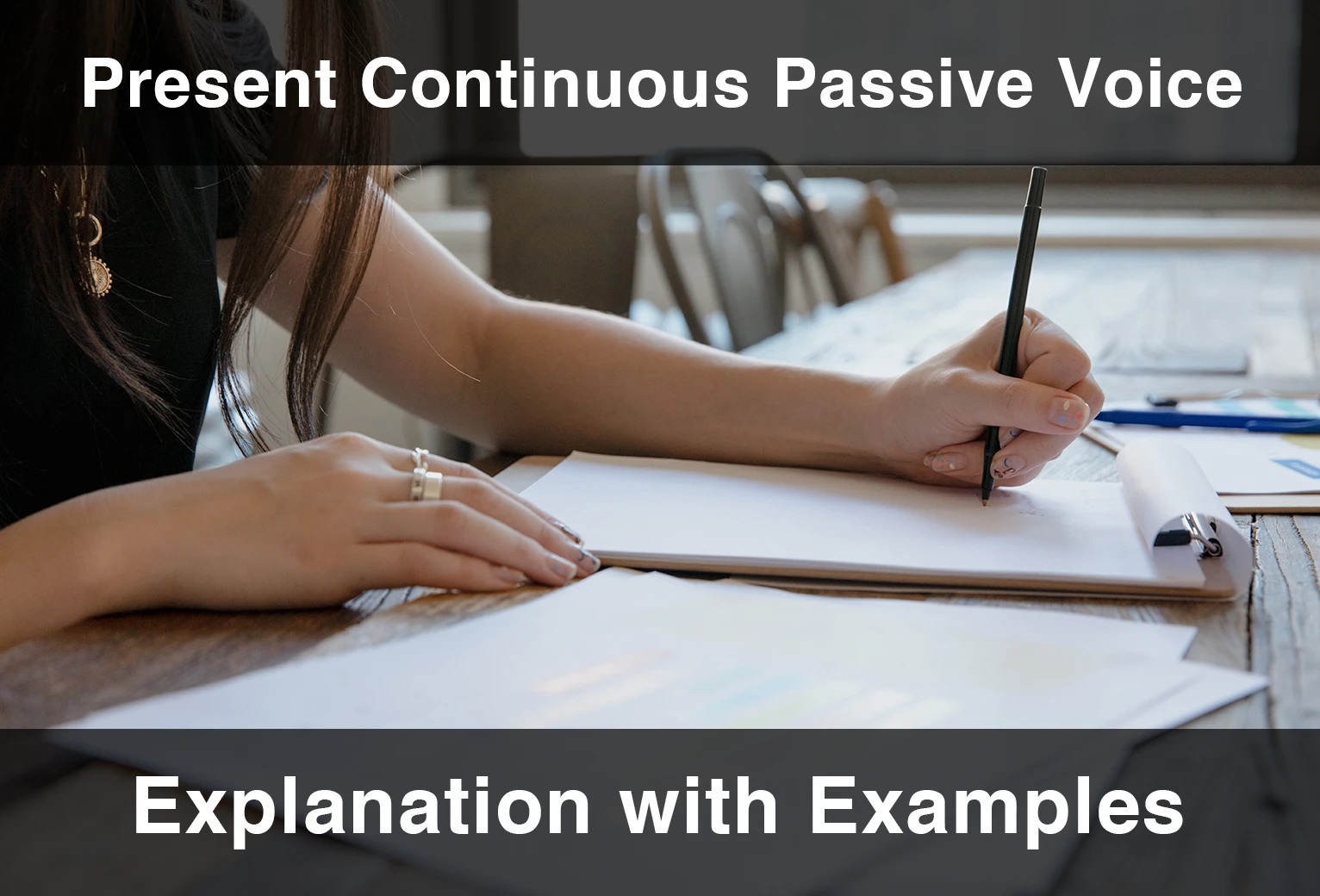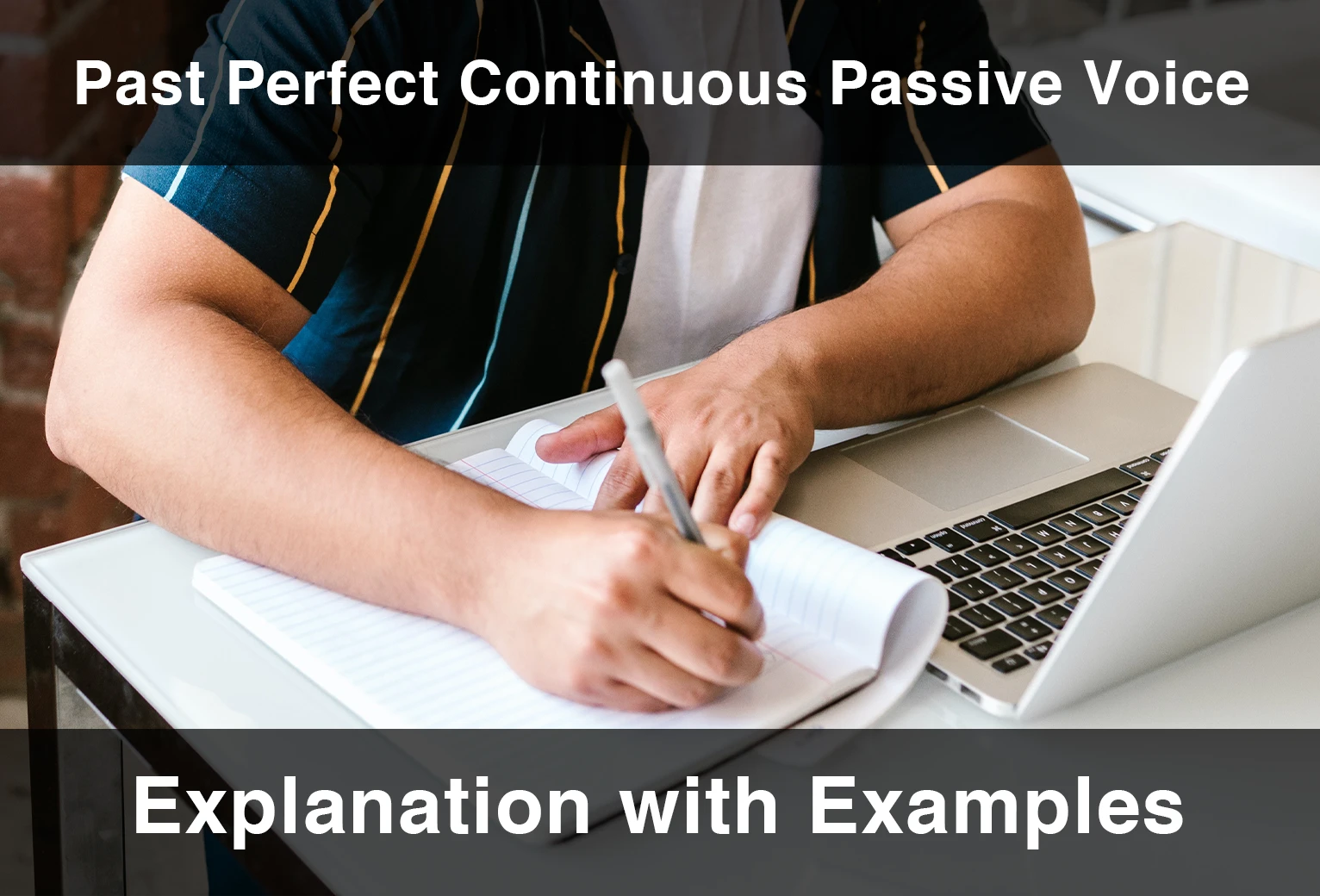The passive voice puts emphasis on the receiver of the action, as opposed to the active voice which emphasizes the action itself. Past Perfect Passive voice is the passive form of the past perfect tense. This article is prepared to help you learn all about the passive form of the Past Perfect tense.
How to Make Past Perfect Passive Sentences
To form a Past Perfect Passive sentence, we need to learn about its grammar rules. The past perfect passive voice is formed by combining the past participle of a verb with the auxiliary verb “had been.” It is used to indicate an action that had been completed before another past action took place or a specific time in the past. Here are the basic grammar rules for constructing the past perfect passive voice:
Structure: had + been + past participle
Example: The car had been repaired.
Subject-Verb Agreement: The past participle of the main verb agrees in number and gender with the subject of the sentence.
Example: The books had been read. (plural subject)
The book had been read. (singular subject)
Time Expressions: Time expressions such as “by,” “before,” “by the time,” or “until” are often used to indicate the completion of the action.
Example: The report had been submitted by the deadline.
Active to Passive Conversion: In the active voice, the subject performs the action on the object. In the passive voice, the subject receives the action. To convert an active sentence to the past perfect passive voice, we use the following structure:
Active voice: subject + had + past participle + object
Passive voice: object + had been + past participle (by + subject)
Example: Active – They had repaired the car.
Passive – The car had been repaired by them.
Auxiliary Verbs: The auxiliary verb “had” is used to indicate the past perfect tense, and “been” is used to form the passive voice.
Example: The decision had been made.
Emphasis on the Action: The past perfect passive voice is often used to emphasize the action itself rather than the doer of the action.
Example: The cake had been eaten. (emphasizing the fact that the cake was eaten)
We can form different types of sentences (positive, negative, interrogative) in Past Perfect tense passive form. Let’s take a look at how we form these different sentences.
1. Positive Sentences
To form a positive sentence in Past Perfect Passive form, we use the formula of subject + had + been + past participle (by + agent).
Active: I had eaten the cake.
Passive: The cake had been eaten.
2. Negative Sentences
To form a negative sentence in Past Perfect Passive form, we use the formula of subject + had + not + been + past participle (by + agent).
Active: You hadn’t read the book.
Passive: The book hadn’t been read.
3. Interrogative Sentences
To form a positive sentence in Past Perfect Passive form, we use the formula of had + subject + been + past participle (by + agent).
Active: Had she finished her tasks?
Passive: Had the tasks been finished by her?
Past Perfect Positive Passive Sentences
When forming a Past Perfect Positive Passive sentence, we use the formula stated above. The formula is subject + had + been + past participle (by + agent). Here is a table and some examples to help you better understand.
| Subject | Auxiliary Verb (have) | Auxiliary Verb (be) | Verb |
|---|---|---|---|
| I | had | been | V3 |
| You | |||
| He | |||
| She | |||
| It | |||
| We | |||
| They |
Past Perfect Positive Passive Examples
The meal had been prepared by the renowned chef.
The big project had been completed by our team.
The highly anticipated movie had been loved by millions of people.
My car had been repaired.
The famous novel had been written by an unknown author.
Past Perfect Negative Passive Sentences
When forming a Past Perfect Negative Passive sentence, we use the formula stated above. The formula is subject + had + not + been + past participle (by + agent). Here is a table and some examples to help you better understand.
| Subject | Auxiliary Verb (have) | Negative Adverb | Auxiliary Verb (be) | Verb |
|---|---|---|---|---|
| I | had | not | been | V3 |
| You | ||||
| He | ||||
| She | ||||
| It | ||||
| We | ||||
| They |
Past Perfect Negative Passive Examples
The house’s plans hadn’t been drawn by skilled architects.
The letters had not been sent.
The concert hadn’t been canceled due to the weather conditions.
The new project had not been approved by our boss.
The artwork hadn’t been admired by people who came to the art gallery.
Positive and Negative Passive Questions in Past Perfect
When asking passive questions in the Past Perfect tense, we use the formulas had + subject + been + past participle (by + agent) and had + subject + not + been + past participle (by + agent). Here are two tables and some examples to help you better understand.
For Positive Questions;
| Auxiliary Verb (have) | Subject | Auxiliary Verb (be) | Verb |
|---|---|---|---|
| had | I | been | V3 |
| You | |||
| He | |||
| She | |||
| It | |||
| We | |||
| They |
Had she been loved by her community when she was living here?
Had I been asked about when I was away?
Had the orange trees been cut?
Had we been searched for when we left school early?
Had your car been searched by the police back then?
For Negative Questions;
| Auxiliary Verb (have) | Subject | Negative Adverb | Auxiliary Verb (be) | Verb |
|---|---|---|---|---|
| had | I | not | been | V3 |
| You | ||||
| He | ||||
| She | ||||
| It | ||||
| We | ||||
| They |
Had I not been asked many questions?
Hadn’t the perfume been sold out for a year?
Hadn’t it been predicted that it would rain?
Had the book not been analyzed so many times?
Hadn’t we been reprimanded for our behavior?
Short Answer Questions In Past Perfect Passive Voice
To give short answers to questions in Past Perfect Passive Voice, we use the formula of Yes/No + subject + had/had not(hadn’t). Here are two tables and some examples to help you better understand.
Positive Answers
| Confirmation Word | Subject | Auxiliary Verb |
|---|---|---|
| Yes | I | had |
| You | ||
| He | ||
| She | ||
| It | ||
| We | ||
| They |
Had she been loved by her community when she was living here? Yes, she had.
Had your car been searched by the police back then? Yes, it had.
Negative Answers
| Denial Word | Subject | Auxiliary Verb | Negative Adverb |
|---|---|---|---|
| No | I | had | not |
| You | |||
| He | |||
| She | |||
| It | |||
| We | |||
| They |
Had the mail been sent by you? No, it hadn’t.
Had the documents been signed? No, they hadn’t.
Wh- Questions In Past Perfect Passive Voice
In order to ask for more specific information, we use question words. These question words include who, what, when, where etc. Here is a table and some examples to help you better understand.
| Question Word | Auxiliary Verb (have) | Subject | Auxiliary Verb (be) | Verb |
|---|---|---|---|---|
| Who, what, when, where | had | I | been | V3 |
| You | ||||
| He | ||||
| She | ||||
| It | ||||
| We | ||||
| They |
Who had been invited to your costume party last year?
What had been done to restore our computers?
Where had the truck been parked when you came inside?
When had his decision to leave school been made?
Frequently Asked Questions About The Past Perfect Passive Voice
What is the Past Perfect Passive Voice?
Past Perfect Passive Voice is the passive form of the Past Perfect Tense. To emphasize what or whom is being affected by the action in the sentence, we use passive voice.
What are some examples of Past Perfect Passive Voice?
The documents had been prepared by the intern.
The house had been built 5 years ago.
The message had been sent already.
What is the difference between Active and Passive Voice?
In an active voice sentence, the subject is the doer of the action. In passive voice, the subject is the receiver of the action.
When should I use passive voice?
The choice between active voice and passive voice depends on the context and what the speaker wants to say. Active voice is preferred for its directness and emphasis on the subject performing the action. Passive voice is used to put emphasis onto the action or object, or when the doer of the action is unknown or unimportant. You can choose which voice you want to use depending on what meaning you want to convey.
Would you like to put what you have learned into practice? You can access everything you need to learn English on a single platform! With 25-minute one-on-one live English lessons, 40-minute group lessons, more than 30,000 interactive videos, vocabulary learning tools, AI-supported tutor MiMi, quizzes, and interactive activities, EnglishCentral offers its users a personalized and quality education plan at an affordable price. How about registering for EnglishCentral now and starting to learn English?











